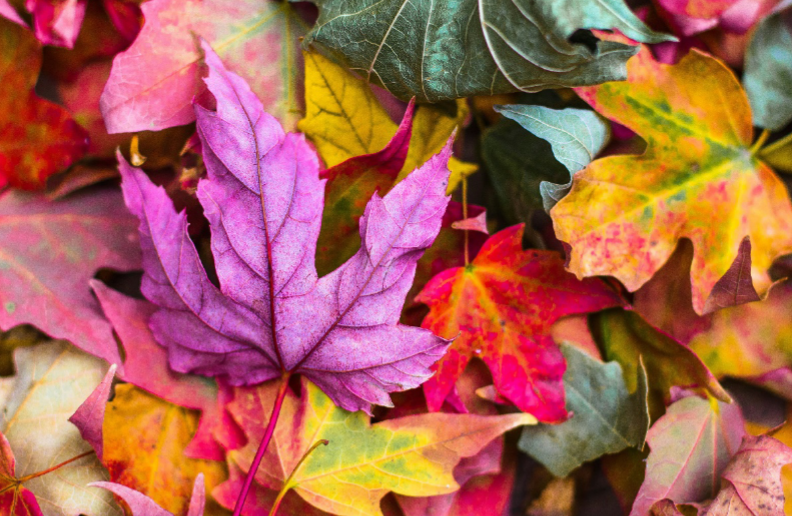Fall is a time of change and seasonal merriment, and with the arrival of fall, those in the Northeast begin to see the leaves changing as they dry up and change color. With this transformation in our surroundings, many wonder why these leaves are changing color and just how it happens. The answer is rather simple.
As fall changes over and the length of the night gets longer, the chlorophyll production in a plant slows until all the chlorophyll is destroyed in the leaf. This results in the carotenoids and anthocyanins in the plant to reveal their pigments. This principle is also why leaves die in the fall. The type of pigments available in the leaf, the length of night, and the weather all influence a leaf’s color in the fall.
According to Forest Preserve District Will County, “Every season has variables, and they all affect the trees,” said Bob Bryerton, interpretive naturalist for the Forest Preserve District. Inside the cell of a plant is the chloroplast, an organelle that aids in photosynthesis. Within these chloroplasts are bountiful amounts of chlorophyll, just a tiny amount of carotenoids, and anthocyanin.
Chlorophyll helps absorb energy from the sun for the plant to undergo photosynthesis and has a naturally green pigment. Carotenoids, on the other hand, have varied pigments ranging from yellow to orange. Anthocyanin is a pigment in plants that gives color to cranberries, red apples, concord grapes, blueberries, cherries, strawberries, and plums with its red and purple colors. Because different pigments are present in other species of tree leaves, certain trees have patterns in the colors of their leaves. For example, oak trees have red, brown, or russet leaves, while hickories have golden bronze. Aspen and yellow poplar trees have golden-yellow leaves.














